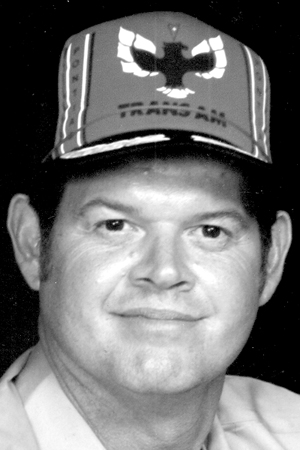Iberia among parishes LDWF asks for assistance in CWD surveillance
Published 12:45 pm Tuesday, December 17, 2024

- Louisiana Department of Wildlife and Fisheries officials, in an effort to further protect the wild deer herds in Louisiana, urge hunters to help increase surveillance for CWD after a deer at a captive deer farm tested positive the first week of November. Iberia Parish is one of 11 parishes where more assistance is sought from deer hunters. wlf.louisiana.gov
Louisiana’s Chronic Wasting Disease case count in white-tailed deer increased by one on Nov. 7.
The Louisiana Department of Wildlife and Fisheries responded to the new case at a captive deer farm in Jeff Davis Parish by asking the state’s deer hunters for assistance in surveillance for CWD. LDWF has increased awareness there and 10 other parishes, including Iberia, St. Landry, Pointe Coupee, Tangipahoa, Bossier, Ouachita, Catahoula, Concordia and DeSoto.
Why? The positive test was announced by the Louisiana Department of Agriculture and Forestry, which oversees and manages Louisiana’s captive deer program and facilities holding the deer. Deer from the farm in Jeff Davis Parish have been traced to captive deer facilities in those parishes, LDWF announced in a prepared statement released Dec. 11.
Trending
While LDAF has not confirmed CWD outside the facility in Jeff Davis Parish, according to LDWF, the latest action is a protective measure to monitor the health of the state’s wild deer population. Continued attention within the facility, which participates in the USDA CWD Voluntary Herd Certification Program, is under the direction of the LDAF.
CWD has spread across the country. The Sportsman’s Paradise was one of the latest with confirmed CWD cases in Tensas Parish to bring the number of CWD deaths in deer to 32 states.
It is a neurodegenerative disease that is 100 percent fatal to white-tailed deer and other members of the family Cervidae. Caused by a prion, which is a misfolded protein that induces misfolding in normal variants of the same protein that leads to cellular death.
Deer infected by the disease often exhibit signs of weight loss and emaciation, frequent drinking and urination, excessive salivation, circling and lack of fear of people. The signs are apparent only in the late stages of the disease.
Following the death of the deer at the captive deer farm, LDWF biologists urge deer hunters to help in surveillance by submitting samples, noting deer heads with 4 to 5 inches of neck are necessary for diagnostic testing. The LDWF office in Lake Charles is the closest option for submitting samples for Jeff Davis and Calcasieu parishes.

Louisiana Department of Wildlife and Fisheries biologists take samples from deer heads during testing at a CWD collection site in northeast Louisiana.
wlf.louisiana.gov
Also, deer hunters can contact the nearest LDWF Field Office for sample testing information in Hammond (985-543-4777), Lafayette (337-262-2080), Lake Charles (337-491-2575, Minden (318-371-3050), Monroe (318-343-4044) and Pineville (318-487-5885).
Trending
According to the Centers for Disease Control and Prevention, there is no evidence that CWD can infect humans. However, CDC officials recommend caution while handling venison in the infected region and CWD-positive deer should not be consumed by people.
Deer hunters in northeast Louisiana are urged to place the heads of any deer they harvest this season in one of 13 free CWD Testing Collection points to test for CWD. The collection sites are in Catahoula, Concordia, Franklin, Madison, Morehouse, Tensas and Union parishes.
“We are asking hunters to bring the head of any deer they harvest in the four-parish control area so we can test the animals and help slow the spread of the disease,” LDWF State Deer Program manager Johnathan Bordelon said in a recent news release.
Bordelon said biologists collect the deer heads from the dropoff sites, then remove the two retropharyngeal lymph nodes from the deer’s head, plus a sample of the brain stem. The lymph nodes are among the first places CWD can be detected.
If the lymph nodes show positive, brain stem testing can help determine how far CWD has progressed in the deer.
The testing process usually takes two weeks. If a deer tests positive for CWD, the hunter who provided the sample is notified.




